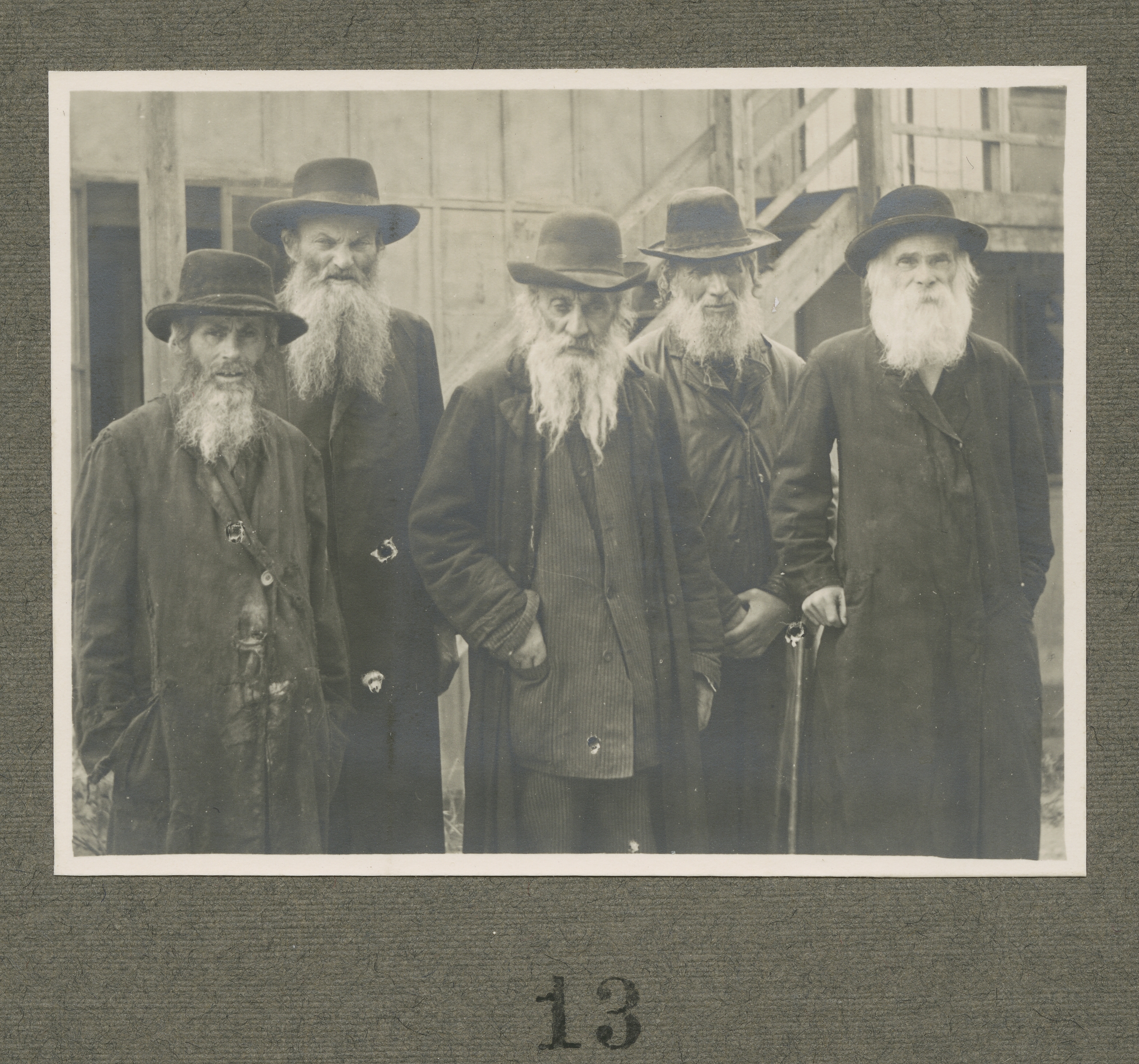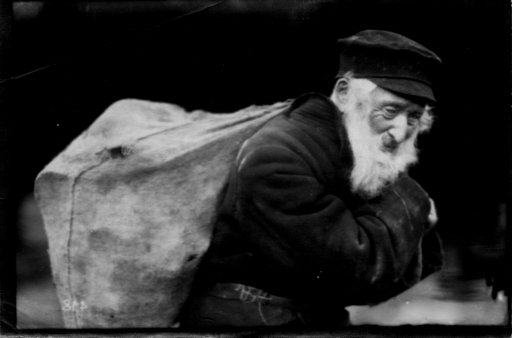The Jewish Museum in Prague is holding an exhibition focussing on Jewish refugees who fled the fighting on the Eastern Front during the First World War.
They were among hundreds of thousands of people who arrived in Bohemia and Moravia (now the Czech Republic) from destroyed and occupied towns in other parts of the Habsburg Empire.
“Although they were the first large group of refugees in the modern history of the Bohemian lands, their fate has been overlooked,” says Michal Frankl, the exhibition’s author and head of the Department of Jewish Studies and History of Anti-Semitism at the Museum.
“By holding this exhibition, the Jewish Museum in Prague seeks not only to commemorate the centenary of the outbreak of the First World War, but also to emphasize the importance of refugees and refugee policy in Czech and Czechoslovak history of the 20th century.
“For the Jewish population in particular, the flight of these refugees and their loss of rights was part of their journey through what was to be a century of refugees.”
The Orient in Bohemia? features photographs that have never been shown before in the Czech Republic. They document the life of the refugees and refugee camps, but also point to a fascination with the difference of “Eastern Jews” whose clothing, piety and unusual language attracted great attention at the time.

Arranged photograph of Jewish refugees from the barrack camp in Nemecky Brod (Deutschbrod, now Havlickuv Brod) 1915-1917 (© Jewish Museum in Prague)
Narrated excerpts from period chronicles and newspapers illustrate how the local population dealt with this difference and reveal the prejudices against Jewish refugees. The exhibition also features items from the Jewish Museum’s visual arts collection, which further document the response to the refugees living in Bohemia.
According to the Museum, the voices, experiences and attitudes of the refugees thermselves appear to have vanished among the heaps of documents and photographs preserved in archives in the Czech Republic and other countries.
The exhibition therefore features unique audiovisual testimonies of Jewish refugees drawing attention to their opinions and everyday life, as reconstructed from newspapers and fragmentary materials relating to aid organizations.
Visitors will also have an opportunity to study the response of the Jewish press in dealing with the “Eastern” Jews and their difference from the more integrated Jews in the Bohemian lands.
The exhibition follows the fate of Jewish refugees in Bohemia and Moravia in the broader context of refugees and refugee policy throughout the Austro-Hungarian Empire.
It explores how the then widespread division of people along ethnic lines influenced attitudes towards refugees, the extent to which the response to Jewish refugees was affected by prejudices, and the reason why Jewish refugees were targeted in anti-Semitic campaigns in the post-war period after the founding of an independent Czechoslovakia.
For the most part, the only physical traces of the refugees’ stay in Bohemia during the First World War are their graves in Jewish cemeteries. One of these, a unique wooden tombstone on loan from Horaovice, will be on view at the exhibition from October.
The Orient in Bohemia? can be seen at the Jewish Museum in Prague – Robert Guttmann Gallery, U Staré školy 3, Prague 1, Czech Republic, until February 1st 2015. Further information is available here.
Source: Jewish Museum in Prague
Images: © State District Archives in Rychnov nad Kneznou /Jewish Museum in Prague
Posted by: Peter Alhadeff, Centenary News
